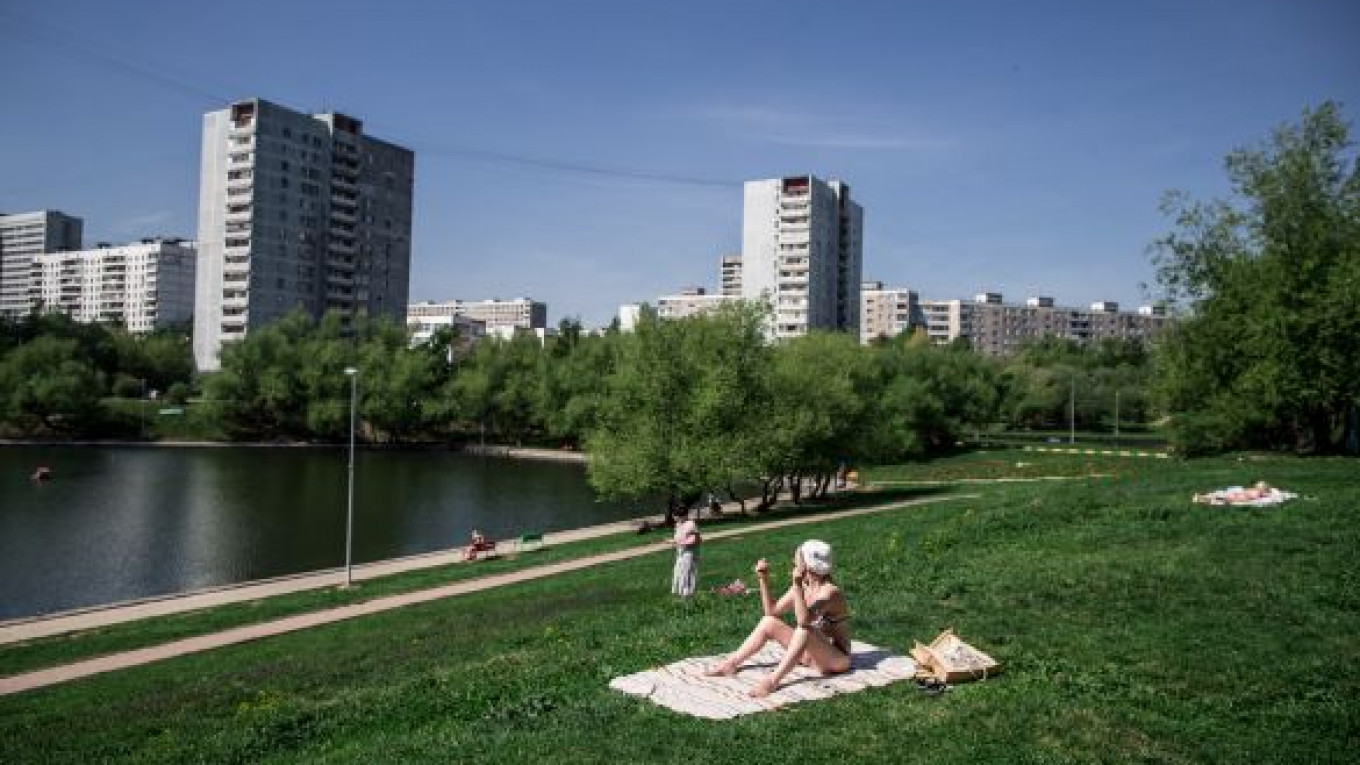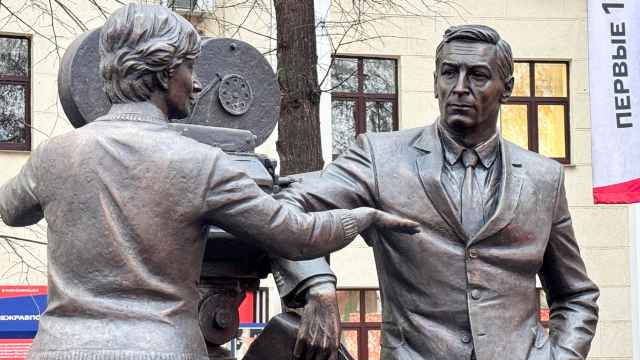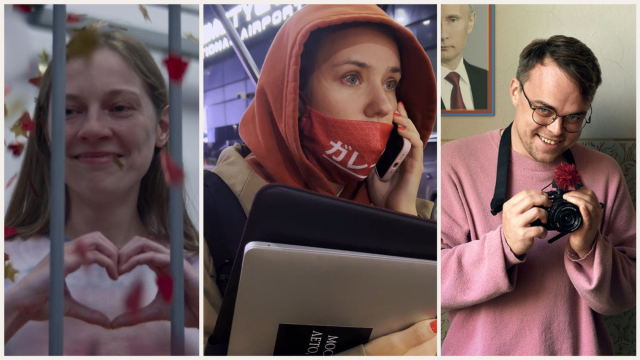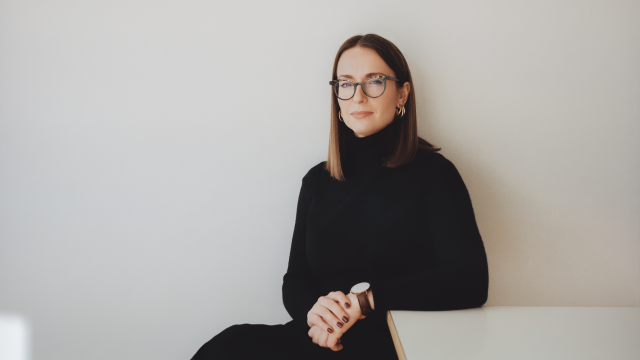Moscow-based architect and researcher Kuba Snopek, has released a book about Moscow's southwestern district of Belyayevo and preserving generic buildings at the third Lisbon Architecture Triennial. Snopek is on a mission, in his own words, "to make preservationists interested in a totally new approach to preservation."
Arriving in Moscow three years ago, he was immediately taken in by the city. "Moscow is a fascinating city for an architect. Although in the last three years it has changed very much, with every second becoming more and more similar to European cities, it still has a great amount of things, which are different to what we are used to in the West, and from which we can learn, by which we can be inspired," Snopek said to The Moscow Times.
Though he found architecture in the city rather generic, he had a hunch there was something more than meets the eye. "My hypothesis was, there must be some intangible element — culture, history, rituals, traditions — that would reinforce the tangible architecture. Therefore, I have been looking for a neighborhood in Moscow that would be an example of generic architecture, having a strong intangible component."
He finally stumbled upon Belyayevo, a district in southwestern Moscow that, on the surface, is typical of any microrayon built in Soviet times, characterized by drab, gray prefabricated panel buildings. "I have looked at Peredelkino, Sokol and other neighborhoods, but it was Belyayevo that drew my attention. Its architecture is very generic, based on prefabricated series; it is visually not significant."
However, he explains that there is something else that makes this place different from other "sleeping districts" as a result of the scientific and educational institutes built in the district in the 1950s and 1960s that had an effect on the social life of this neighborhood.
‘I think Belyayevo may follow his [Dmitry Prigov’s] fame — it is omnipresent in his art.’
Kuba Snopek
The mix of cultures and intellectual activity not found elsewhere in Moscow made it a fertile ground for the arts and culture in the late-Soviet period, and it was home to many prominent artists. Indeed, Belyayevo was also the site of an unofficial avant-garde exhibition in 1974 organized by Oscar Rabin and Yevgeny Rukhin. One of the first exhibitions of nonconformist art in the Soviet Union, it is commonly referred to as the Bulldozer Exhibition, as it was forcibly broken up by the authorities with water cannons and bulldozers because of its show of nonrealist art that was forbidden during that time.
Snopek compares Belyayevo to Giverny, France, and its importance to French Impressionism. In the history of Russian art and the development of Moscow Conceptualism, the mood and landscape of Belyayevo was a source of inspiration for artists like Dmitri Prigov and Ilya Kabakov, artists who recently have become more popular in the West. "I think Belyayevo may follow his fame — it is omnipresent in his art," Snopek says, referring to Prigov.
To put forward his case that new criteria is necessary to preserve sites of architectural heritage that have no material value, he proposed to put the Moscow neighborhood on the UNESCO World Heritage List, but his application was met with bureaucratic nightmares. "Although I was able to make many people interested, I was not able to submit the application. I met a wall of phones, which would always be off, people who would always be busy, promises which would never be kept."
He launched ''Belyayevo Forever,'' his book about preserving generic buildings, last week at the third Lisbon Architecture Triennale, which runs until Dec. 15. "The base of my research on preservation was a paradox. 50 years ago, mass prefabrication started — that means that mass produced houses were identical, ergo: devoid of uniqueness, which is a base paradigm in preserving anything. On the other hand — these building are now about 50 years old, which is a psychological threshold, after which people start thinking about preserving anything — there appears nostalgia, memories of at least two generations, history bound to these architectural objects."
"A question appears: What should we do? How to preserve the generic?" Snopek's case is presented in his e-book ''Belyayevo Forever,'' published in English by Strelka Press. It is available for Kindle and iPad, and soon will be available in a print-on-demand version. The e-book in Russian is slated for release later on in the year.
Contact the author at [email protected]
A Message from The Moscow Times:
Dear readers,
We are facing unprecedented challenges. Russia's Prosecutor General's Office has designated The Moscow Times as an "undesirable" organization, criminalizing our work and putting our staff at risk of prosecution. This follows our earlier unjust labeling as a "foreign agent."
These actions are direct attempts to silence independent journalism in Russia. The authorities claim our work "discredits the decisions of the Russian leadership." We see things differently: we strive to provide accurate, unbiased reporting on Russia.
We, the journalists of The Moscow Times, refuse to be silenced. But to continue our work, we need your help.
Your support, no matter how small, makes a world of difference. If you can, please support us monthly starting from just $2. It's quick to set up, and every contribution makes a significant impact.
By supporting The Moscow Times, you're defending open, independent journalism in the face of repression. Thank you for standing with us.
Remind me later.






